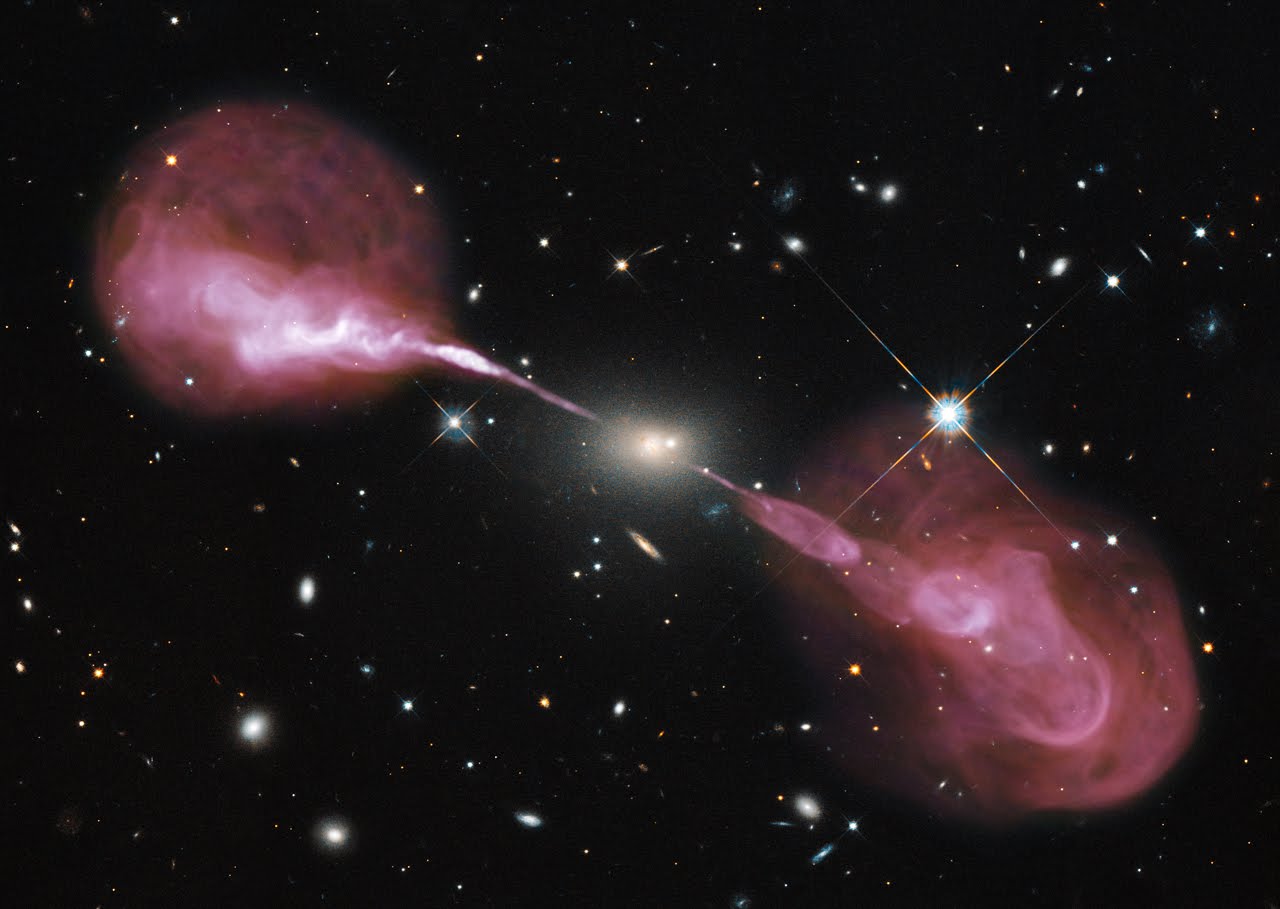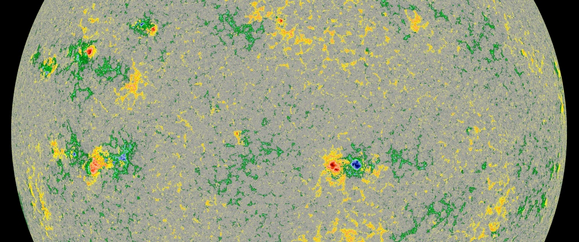I note the paper by Oberoi and many collaborators 2014:
http://arxiv.org/abs/1403.6250
Abstract: "The Sun has remained a difficult source to image for radio telescopes, especially at the low radio frequencies. Its morphologically complex emission features span a large range of angular scales, emission mechanisms involved and brightness temperatures. In addition, time and frequency synthesis, the key tool used by most radio interferometers to build up information about the source being imaged is not effective for solar imaging, because many of the features of interest are short lived and change dramatically over small fractional bandwidths. Building on the advances in radio frequency technology, digital signal processing and computing, the kind of instruments needed to simultaneously capture the evolution of solar emission in time, frequency, morphology and polarization over a large spectral span with the requisite imaging fidelity, and time and frequency resolution have only recently begun to appear. Of this class of instruments, the Murchison Widefield Array (MWA) is best suited for solar observations. The MWA has now entered a routine observing phase and here we present some early examples from MWA observations."
Thursday, April 24, 2014
Monday, April 21, 2014
"A Passive Probe for Subsurface Oceans and Liquid Water in Jupiter's Icy Moons" using Jupiter's decametric radio emission
With many thanks, I refer to:
Romero-Wolf, Andrew; Vance, Steve; Maiwald, Frank; Heggy, Essam; Ries, Paul; Liewer, Kurt, 2014
http://adsabs.harvard.edu/cgi-bin/bib_query?arXiv:1404.1876
Abstract: "We describe an interferometric reflectometer method for passive detection of subsurface oceans and liquid water in Jovian icy moons using Jupiter's decametric radio emission (DAM). The DAM flux density exceeds 3,000 times the galactic background in the neighborhood of the Jovian icy moons, providing a signal that could be used for passive radio sounding. An instrument located between the icy moon and Jupiter could sample the DAM emission along with its echoes reflected in the ice layer of the target moon. Cross-correlating the direct emission with the echoes would provide a measurement of the ice shell thickness along with its dielectric properties. The interferometric reflectometer provides a simple solution to sub-Jovian radio sounding of ice shells that is complementary to ice penetrating radar measurements better suited to measurements in the anti-Jovian hemisphere that shadows Jupiter's strong decametric emission. The passive nature of this technique also serves as risk reduction in case of radar transmitter failure. The interferometric reflectometer could operate with electrically short antennas, thus extending ice depth measurements to lower frequencies, and potentially providing a deeper view into the ice shells of Jovian moons."
Romero-Wolf, Andrew; Vance, Steve; Maiwald, Frank; Heggy, Essam; Ries, Paul; Liewer, Kurt, 2014
http://adsabs.harvard.edu/cgi-bin/bib_query?arXiv:1404.1876
Abstract: "We describe an interferometric reflectometer method for passive detection of subsurface oceans and liquid water in Jovian icy moons using Jupiter's decametric radio emission (DAM). The DAM flux density exceeds 3,000 times the galactic background in the neighborhood of the Jovian icy moons, providing a signal that could be used for passive radio sounding. An instrument located between the icy moon and Jupiter could sample the DAM emission along with its echoes reflected in the ice layer of the target moon. Cross-correlating the direct emission with the echoes would provide a measurement of the ice shell thickness along with its dielectric properties. The interferometric reflectometer provides a simple solution to sub-Jovian radio sounding of ice shells that is complementary to ice penetrating radar measurements better suited to measurements in the anti-Jovian hemisphere that shadows Jupiter's strong decametric emission. The passive nature of this technique also serves as risk reduction in case of radar transmitter failure. The interferometric reflectometer could operate with electrically short antennas, thus extending ice depth measurements to lower frequencies, and potentially providing a deeper view into the ice shells of Jovian moons."
Tuesday, April 15, 2014
Sun 140415, 10 selected spectra, types III V
Many thanks to the Taxpayers of France, the Nancay Decametric Array Team at the Nancay Radio Astronomy Station of Paris Observatory, Trinity College Dublin Astrophysics Group, NOAA SWPC, and NASA SDO HMI Magnetograph Team.
The vertical scale is hours and minutes of Universal Time
The horizontal scale is MHz
The vertical scale is hours and minutes of Universal Time
The horizontal scale is MHz
Wednesday, April 2, 2014
Sun 140402, M6.5 flare in Active Region 12027, 6 selected spectra, Types II III IV V
Many thanks to the Taxpayers of France, the Nancay Decametric Array Team at the Nancay Radio Astronomy Station of Paris Observatory, Trinity College Dublin Astrophysics Group, NOAA SWPC, and NASA SDO HMI Magnetograph Team.
The vertical scale is hours and minutes of Universal Time
The horizontal scale is MHz
The vertical scale is hours and minutes of Universal Time
The horizontal scale is MHz
Subscribe to:
Posts (Atom)













































